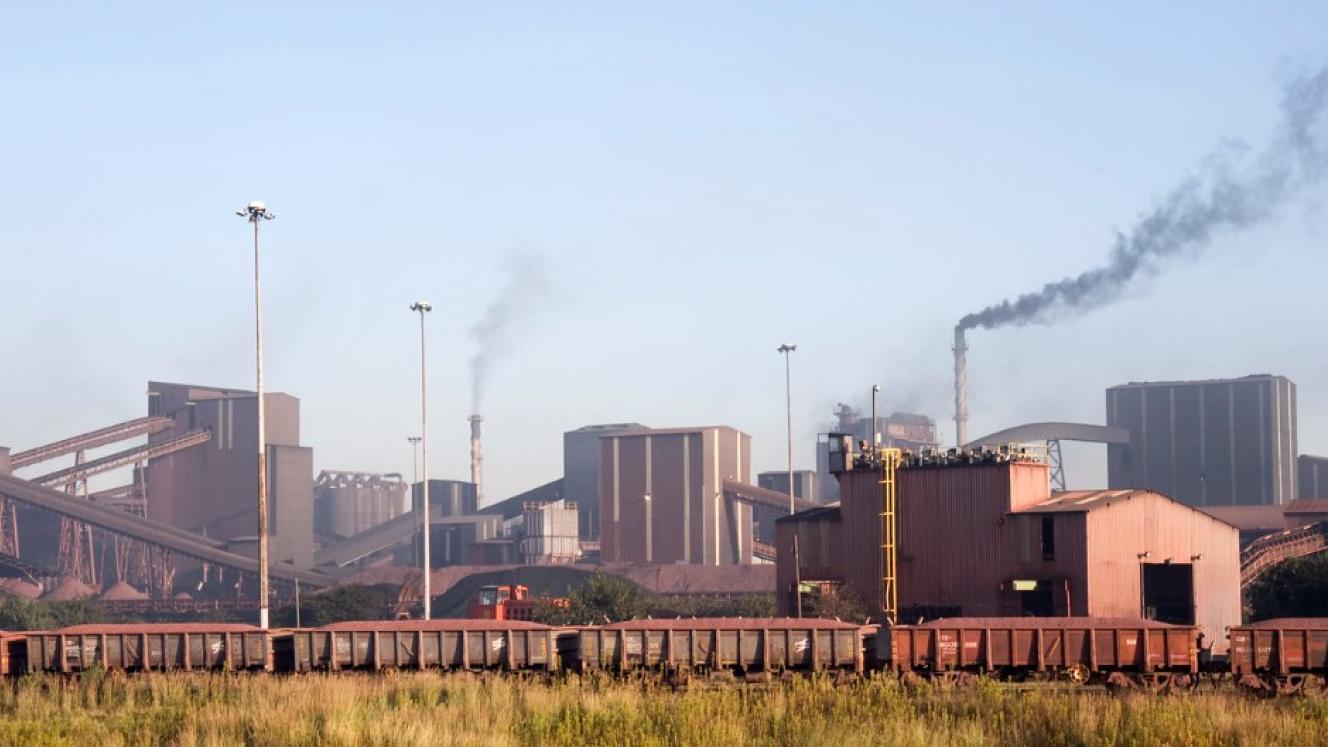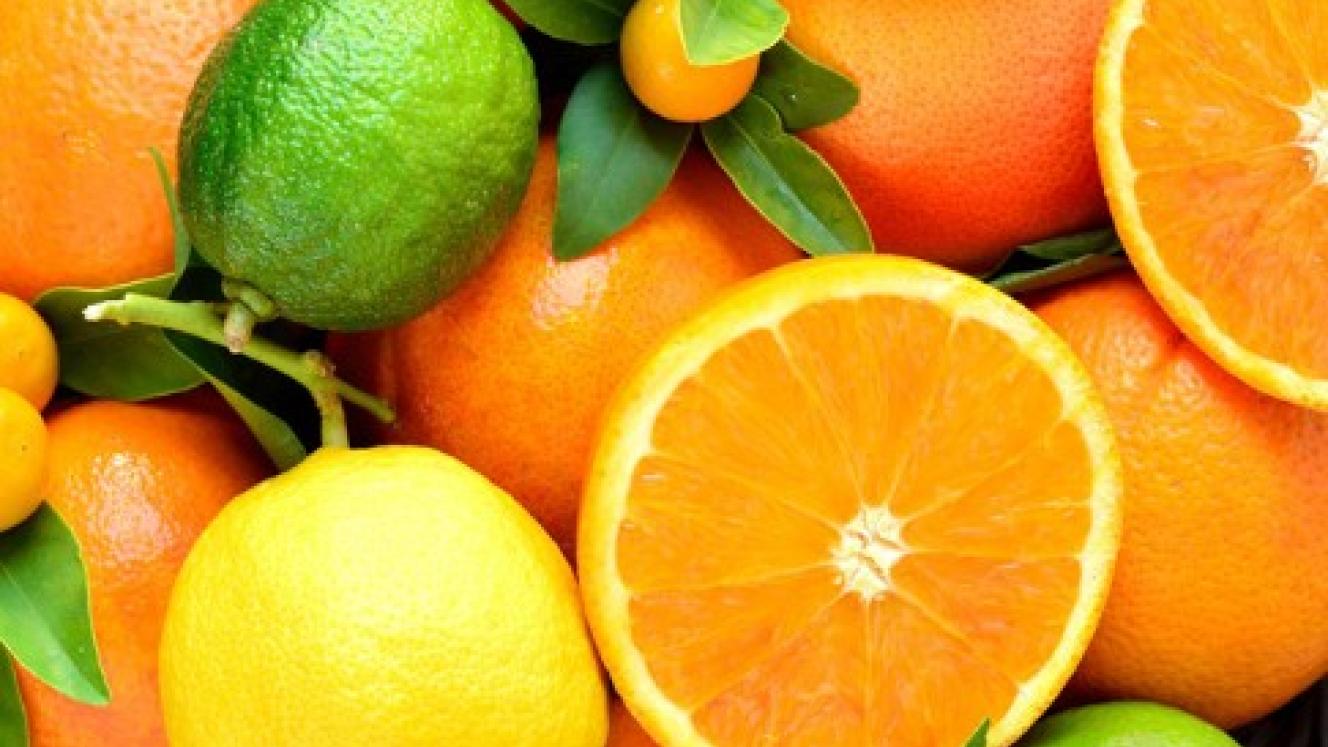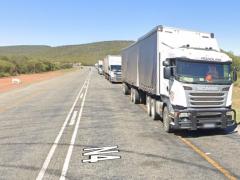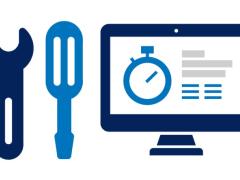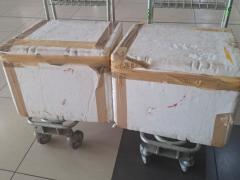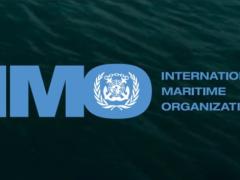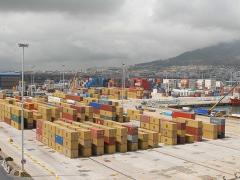Steel importers for the manufacturing sector have made a strong case against proposed tariffs by the International Trade Administration Commission (Itac), aimed at stimulating local production of long and flat steel.
Itac proposes that duties of up to 10% be levied on certain steel products to protect South African mills against imports, mainly from China, whose over-production of cheaper steel has also been the impetus for US tariffs on Chinese steel.
The tariffs, which were first proposed in March, cover 609 tariff codes across Chapters 72, 73, 82, and 83 of the Customs and Excise Act, with a total import value of R67 billion – the largest steel tariffs in Itac’s history.
Importers have until September 3 to make a presentation to Itac about the potential fall-out of the import duties that are currently under review.
If Itac proceeds with all the duties they are proposing to the bound rate, it would add R1.54 billion to the country’s annual tariff bill, XA Global Trade Advisors (Xagta) has revealed.
Overall, 10 845 importers could see their duties increase, Xagta CEO Donald MacKay said during an online presentation about the tariff on Wednesday.
Of these, 72 importers account for 50% of the risk and 16 for 25% of the risk.
MacKay added that the 16 primary steel importers most at risk accounted for 21% of all inflows.
But the protectionist intent of the tariff had been well received by local steel producers, Scaw Metals representative, Pieter Niemand, told the presentation.
He said the tariff had been “favourably” received because it was clearly aimed at “allowing for import substitution throughout the steel value chain”.
Niemand said it was especially relevant given the threat of imported steel from China, an over-production risk to the local economy also identified by MacKay.
Niemand added that local producers had the capacity to supply cost-effective steel for local manufacturers.
However, he acknowledged that “where certain products cannot be made available in the market by local producers, there are other mechanisms that can be sought and applied for”.
Niemand didn’t mention what these mechanisms were.
John Lange, director at Spilastar engineering in Rustenburg, wanted to know if local producers like Scaw believed they were “rigged to supply the local market fully to the extent that we don’t have long waiting times and shortages of steel”.
“We’re concerned,” he said. “We’ve signed contracts on pricing and, from a downstream point of view, we’re going to have to go back to our end users and say, ‘listen, we know we have to impose this’.”
The cost impact of more expensive imported steel on Spilastar’s production line could lead to retrenchments in the labour market, Lange warned.
South Africa’s steel sector for producers and importers is a no-win situation it seems, as about 3 500 jobs could be shed if ArcelorMittal’s plants aren’t protected from Chinese imports that, on average, cost 25% less than local steel.
Although the tariff hasn’t been implemented as it’s currently under review, and despite tax rebates that are offered to exposed importers, the new import restriction’s impact is already being felt, said Ryna Cox, director of AMC Cookware.
He said companies such as the one he represented simply did not have the resources to object to Itac by next Wednesday.
“Big companies with 3 000 employees or so have lawyers and teams of people that produce fascinating documentation, but we’re a small downstream company.”
As for rebates, Cox said the same resource principle applied, where small ventures did not have the means to comply with rigorous rebate requirements.
In the end, smaller companies tended to accept their fate with layoffs, usually resulting from diminished profits.
